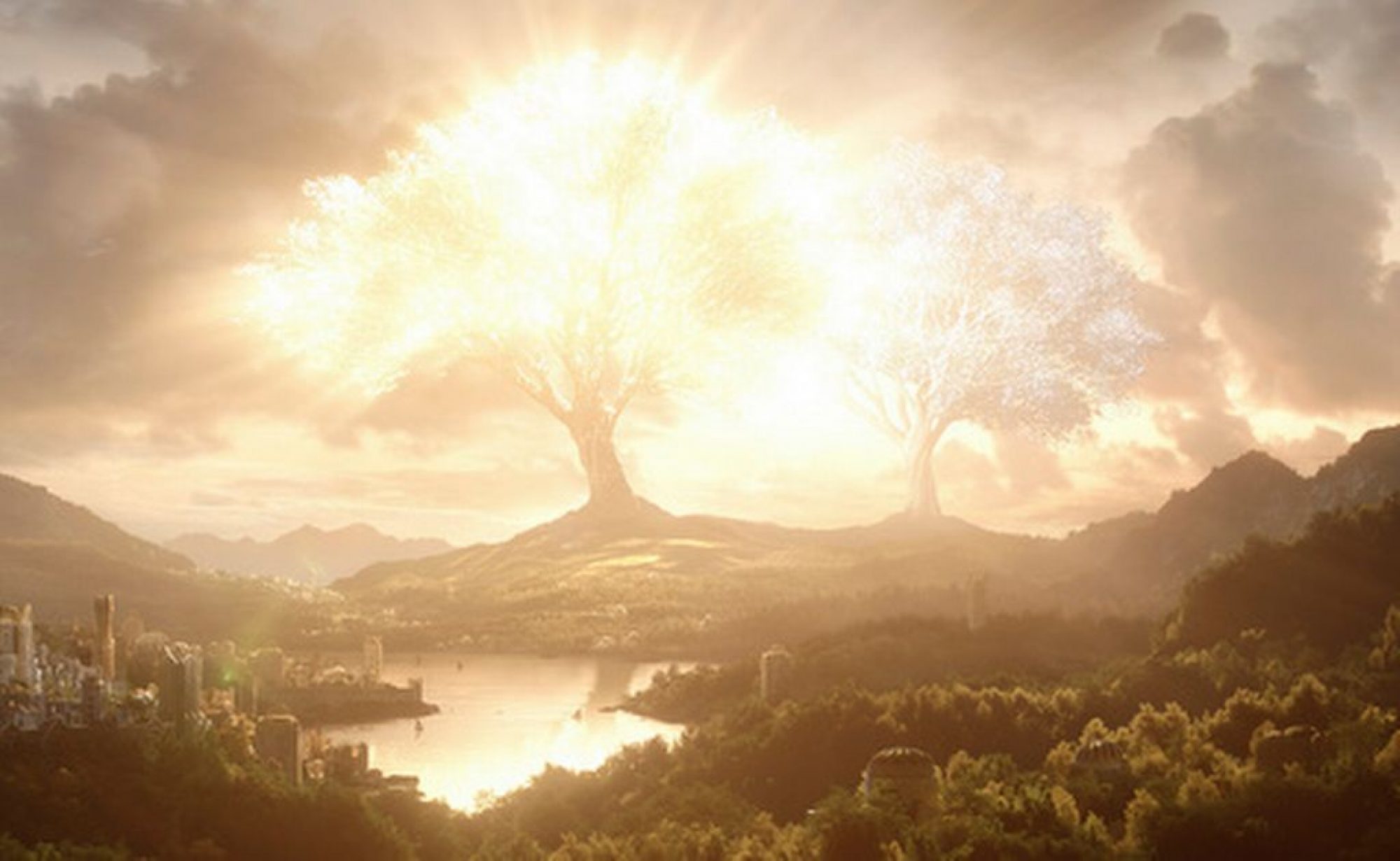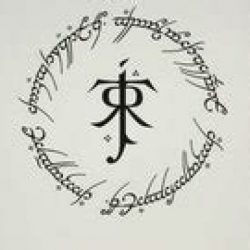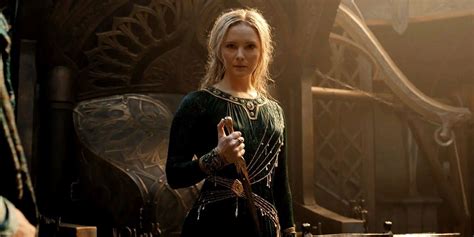A short break from Tolkien to discuss my new book.
All other books have been put on hold due to a simple lack of inspiration and overwhelming presence of monotony in the story. Court of War, however, is of a fantasy sub-genre known as Outpost Wars, where the war is not a LotR style, two massive armies clashing over massive cities kind of war, its a more skirmish-based fighting style, with smaller battles over important, strategically placed Outposts. Not to say there won’t be a siege battle near the end, but that won’t be commonplace.
Court of War is about a hero of the northern borderlands of the elven forest nation who, faced with a massive promotion and a powerful new enemy, is forced to take action. The renegade princess suddenly appearing in his Outpost is no help, needless to say. I’ve written the first 30% now, and I’d say this one has a much better chance of being finished than my many others.
The second part is a court intrigue with the princess trying to send help to the north, while her opposition seeks to see our hero fall, and his noble house with him. Many obstacles lie in the paths of both protagonists, but the question is, are they strong enough to overcome them?



